Juniper Turning Brown: How To Save A Dying Juniper Tree?
Pruning and addressing the root cause helps to revive your Junipers
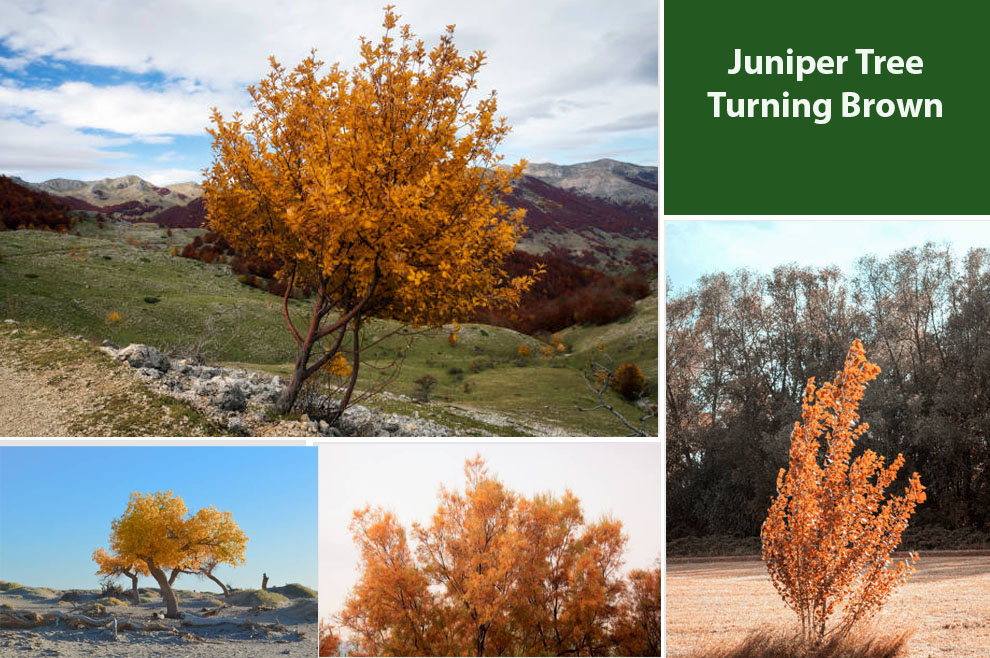
When it comes to your Juniper plant’s health, you can only treat something if you know the cause. Unfortunately, there are more than a few reasons for the Junipers turning brown, such as salt injury, mechanical damage, cankers, and more. Hence, the remedial action you take depends on the cause. This guide will teach you how to save a dying juniper tree caused due to multiple reasons.
About Junipers…
Juniper is a popular ornamental garden plant, famous for its ability to grow in almost every climate and region. There are approximately sixty species of Juniper shrubs and trees belonging to the Juniperus genus from the Cypress family. You can find Junipers growing in all shapes and sizes, from the ground-hugging bushes that are only six inches to even 130 feet tall trees, in colors going from blue to gold.
It has a carefree nature and is typically under-cared and over-planted, because of which you may often see juniper trees turning brown, especially in commercial environments.
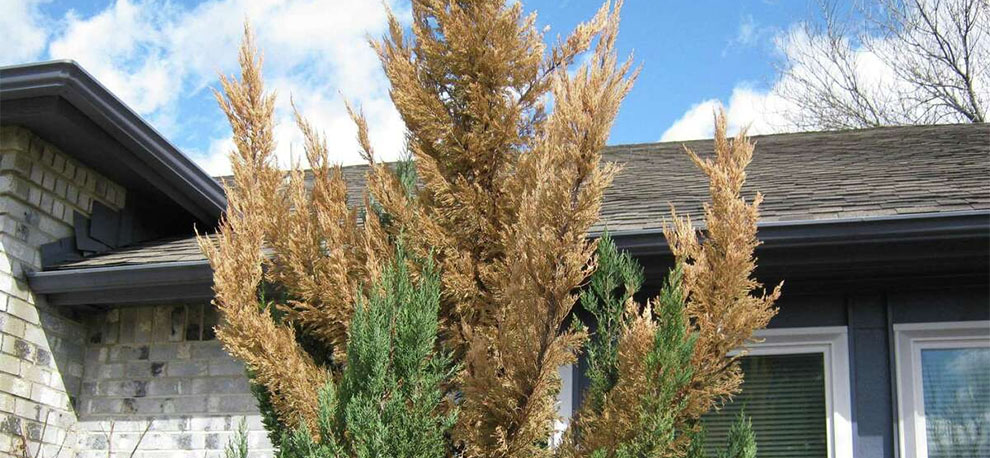
Pruning: Most Common Way To Maintain & Save a Dying Juniper Tree
Minor issues with Juniper can be tackled through regular pruning. So, firstly we will tell you the easiest way to maintain your Juniper through pruning. Later we will discuss the specific problems a juniper faces that result in the browning of the tree and their solutions.
Typically, Junipers can grow in almost all environments, and people love them for their long-life and evergreen habit. It’s like there is a Juniper in every vicinity. But, sadly, the two can result in Junipers becoming overgrown and scraggly, and sometimes even result in juniper bush turning brown.
Step 1 – Do not prune the Juniper until early spring. It is when you will see the new growth in the plant. While trimming the dead/infected branches, wear protective clothing and use clean, fresh and sharp hand pruners and pruning loopers.
You can clean the pruners before and after with antiseptic cleaner to prevent infection from spreading. After cleaning, you can wipe the blades dry with a paper towel. It is vital to disinfect the blades to lower the chances of disease and fungi spread.
Step 2 – Once the tools are ready, it is time to get rid of all the Junipers turning brown inside. So, browse through all the branches, and examine the plant. Go on to remove the dead branches. While pruning, chop off the plant from the tip to the base. Then, using pruning loppers, cut the dead wood, chopping the branch above its intersection point with the trunk.
Typically, Junipers die back at the bottom, and you can see it with the juniper tree turning brown. You can note the dead parts at the shrub’s center, which usually happens if the light does not pass through the dense outer growth.
Step 3 – Next, attend to the overlong branches and those that are visually unappealing or seem dead partially. Ensure that you cut approximately ¼ inch over the outward-facing green shoot and cut at the upward-slanting forty-five-degree angle with hand pruners or pruning loopers.
You can be flexible while tackling the brown juniper and managing how to save a dying juniper bush. So, cut as much or as little from every infected branch, provided you do not touch the last green shoot around the trunk.
Step 4 – Cut the new shoots individually by fifty percent of their length. Here also cut ¼ inch above the shoot in the direction wherein you wish to see the spring’s growth.
We hope now you know If you prune correctly, it can foster the growth of Junipers in the upcoming growing season.
Reasons For The Juniper Bush Turning Brown & How To Save It?
We have discussed some beneficial pruning tips that can come in handy when you see unhealthy Junipers. But the real question is, why does it happen? Are there ways to treat it? Read below to find out.
Root Rotting
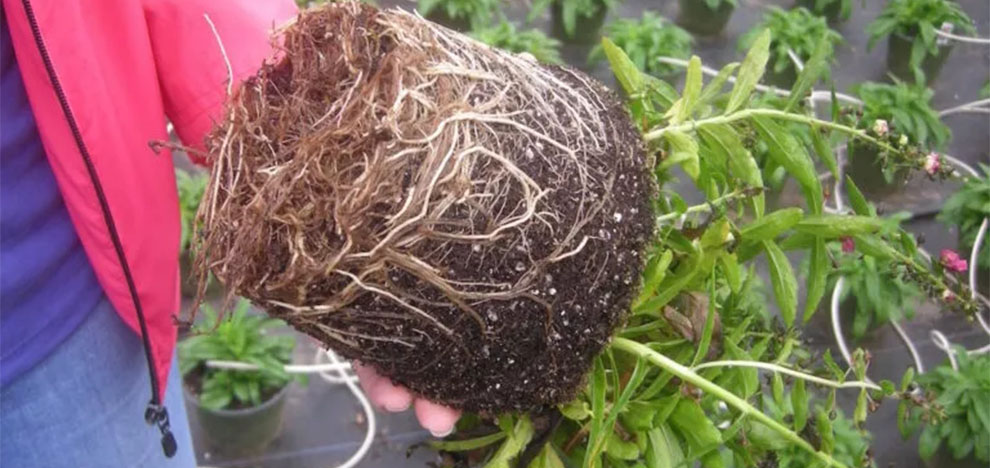
Root rotting is a classic example of fungal disease in Junipers, usually caused by Phytophthora, resulting in the Junipers wilting and developing yellow needles. Eventually, you will see juniper trees turning brown.
The branches fall from the shrub, making it look sparse. While, at times, the entire shrub might show symptoms, it is a single branch at a time. However, eventually, the whole shrub dies.
How to prevent it?
If you do not wish to see your Juniper browning, you must be proactive and take measures to prevent the infection. The easiest way to avoid it is by planting the tree in well-draining or heavy clay soil.
High temperatures, overwatering, and drought can result in newly planted Juniper turning brown by aggravating the plant’s susceptibility to diseases. Please remember that fungus continues to live in the soil even when you prune or remove the Juniper. So, never plant new plants in the same space.
Juniper Blight
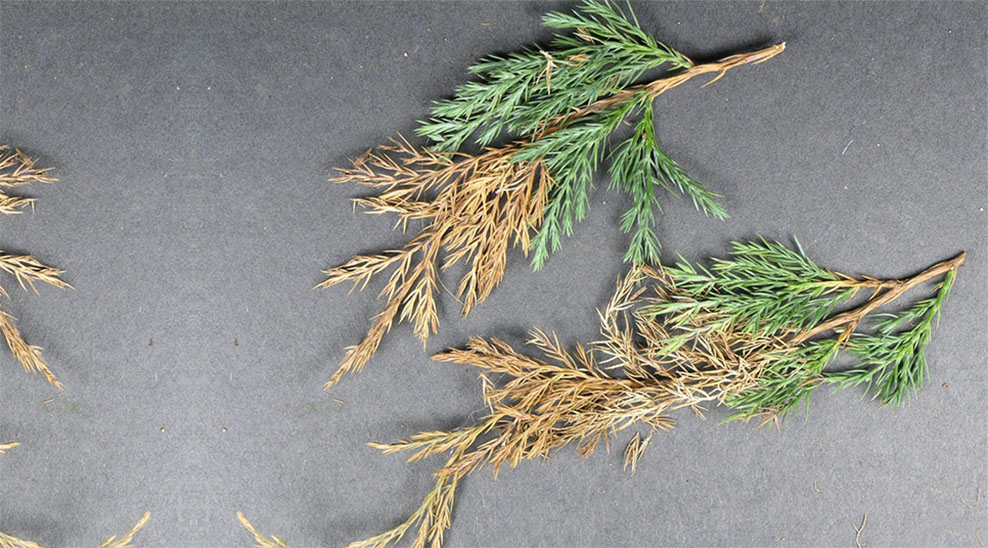
Several kinds of blight may also result in the juniper tree turning brown. Some prevalent blight signs are yelling spots on the leaves. With time, the foliage changes color to brown. It results in canker formation that eventually kills the brown parts.
How to prevent it?
You can treat the Juniper blight by pruning any browning or damaged foliage and treating the remaining plant with a fungicide. Please remember to follow the label instructions while using the fungicide.
Kabatina Tip Blight
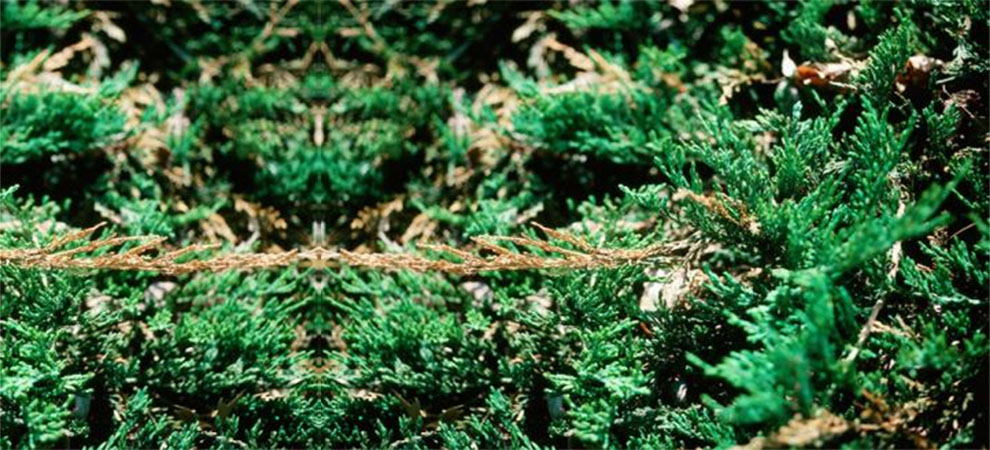
It is common to note Juniper turning brown in winter because of winter desiccation or the Kabatina tip blight disease. Typically, juniper plants affected by desiccation fail to absorb the right degree of water and begin turning brown.
Usually, it occurs because of the strong winds and the fungus Kabatina Juniperi. The plant experiences similar symptoms as in the Phomopsis tip blight. Usually, stressed or damaged tissues are more prone to Kabatina twig blight.
How to prevent it?
You need to take action immediately if you see the juniper bush turning brown because of winter desiccation or the Kabatina tip blight disease. For this, cut all the diseased sections and limbs and dispose of them. Whenever you see fresh shoots on the shrub, spray a generous amount of fungicide for management.
Salt Damage
In Junipers, salt damage might occur in multiple ways. On the foliage or in the soil, the salt absorbs all the moisture from the leaves, buds, stems, needles, and roots, resulting in drying out or desiccation, which causes newly planted Juniper turning brown.
Eventually, it might also kill the infected area of the plant. Salt damage may also result in the breakdown of sodium and chloride ions. The chloride ions are transported and absorbed into the leaves, adding to the toxic levels and resulting in marginal leaf burns.
How to revive juniper bush affected by salt damage?
When winter salt causes potential damage in the soil, you must use de-icing agents or sand other than rock salt. But be cautious to ensure you do not get overboard with it.
Also, if you think you cannot curtail the salt damage, you should not place your Junipers in areas susceptible to cleared snow and salt spray or meltwater runoffs, as these can heighten the salt levels.
Cedar Apple Rust
Apple rust develops because of Gymnosporangium juniperi-virginianae and shows as galls on the Juniper branches. These are spherical and clear, almost equal to the size of the golf ball with contoured outer layers, and are often the reason for the Juniper turning brown inside.
How to prevent it?
You can prune the galls and destroy them before the emergence of the fungal horns. In addition, spray a generous layer of fungicide inside the greenhouse on the Juniper shrubs between mid-July to early August.
Bagworms
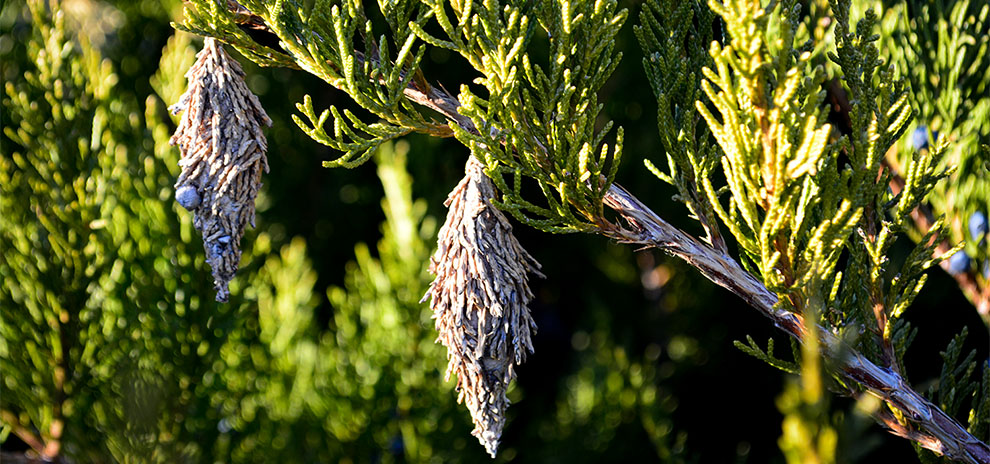
Also known as larvae, the bagworms are infamous for feeding on the Juniper foliage, and they typically infect the plant during the summers.
How to revive juniper bush infected by Bagworms?
If you want to guard the Junipers against bagworms, you must keep the plant healthy and keep a check on its sunlight and water intake. It is not easy for a healthy juniper to be infected by bagworms. Further, inspect the inner branches to ensure that the plant is well-ventilated and has ample breathing space.
It will protect the juniper tree turning brown and ensure that the branches and the leaves grow healthy. Alternatively, you can also choose to clear the plant debris and remove any harmful stuff or spoiled soil that may attract bagworms. Sprinkling soapy water on the Juniper can also help.
Nutrient Deficiency
Magnesium deficiency, resulting from inadequate nutrition, is a prevalent concern amongst Junipers. When the Junipers do not get ample magnesium, the leaves become yellow and brown, resulting in dead foliage in the center. Magnesium deficiency first infects the older tissues, and the damage may resemble the Phomopsis twig blight.
How to prevent it?
Perform a soil assessment. If it is nutrient deficient, feed it with a suitable fertilizer. Before adding the feed, read the labels for the right proportion.
Scales, Bugs, Mites
Spider mite or scale infestations can result in the Juniper needles developing yellow spots. Eventually, they may be the reason for the juniper bush turning brown, causing the leaves to fall from the shrub. If you do not treat the infestation timely, it can kill the Juniper bush.
Typically, the spider mites thrive in the fall and spring when the weather is cool. Scale insects appear like small, oval, or round bumps in gray or black color. It may yield honeydew, a sticky, transparent substance when pressed.
Similarly, spider mites can be confirmed by holding a piece of white paper below the branch and tapping the branch. You can easily see the mites on the paper in brown or green color.
How to prevent it?
You can treat the scales, bugs, and mites with an insecticide. Alternatively, using a horticultural oil can also help.
Transplant Stress
The transplant shock can also make the leaves turn brown because the plant fails to adapt to the new environment after the shifting. It can result in the juniper plant turning brown when the root ball goes dry.
How to prevent it?
Because of the transfer shock, the newly planted Junipers turning brown appear to be dying. But it is possible to nurse them back to health after the shock. For this, you must give the plant at least one inch of water every week and try to maintain the ideal conditions for growing it.
Frequently Asked Questions
Ques 1. What results in browning of newly planted junipers?
Ans. There are multiple reasons for newly planted junipers turning brown. Some prevalent causes include transportation/transplant shock, root damage, salt injury, mechanical damage, cankers, and fungal tip blights.
Ques 2. Is it normal for juniper turning brown in winter?
Ans. Depending on your planted Juniper species, its leaves may change color to yellow-brown, purple, or bronze cast in colder climates.
Ques 3. Is a brown juniper dead?
Ans. The brown Juniper may be alive if it is full of sap and has flexible branches. On the contrary, if it is dry and brittle, it is dead and may be impossible to revive. Typically, the brown junipers that are alive pop new growth in the spring, but it is from the branch tips.
Related: Juniper tree lifespan | Juniper tree growth rate
Summing up…
If you decide on planting a juniper, you must invest time and effort to give it healthy growth. Even though it is a low-maintenance plant, its primary issue is the browning of the leaves. But as stated above, there may be multiple reasons and causes behind Junipers turning brown inside out, but fortunately, most of these are treatable, making it possible to revive a browning Juniper.
We believe our tips above will help you maintain a healthy, thriving, and green Juniper. Happy gardening!
